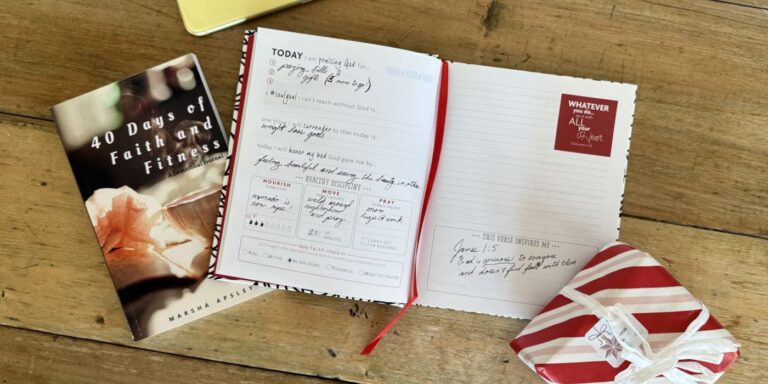Many people choose to begin an exercise program as part of a New Year’s resolution. Perhaps you are one of these people who decided to challenge yourself by beginning a new fitness program to shed a few pounds, improve your overall health, or you just want to look and feel better. High intensity fitness programs are all the rage right now, and all signs point to this continuing in 2015.
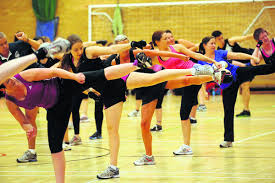

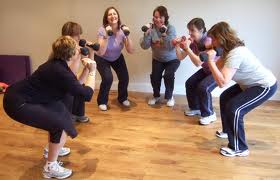
My Fitness Pal is a popular San Francisco based company which offers a free online app and website for users to track their daily calorie intake and output. As of January of 2015,
My Fitness Pal has over 75 million registered users worldwide, with 47 million users in the United States. The company says that data from users in the United States show that indoor cycling studios, High Intensity Interval Training (HIIT), CrossFit, bootcamps, body weight training, and group personal training are all expected to increase for 2015. While each of these exercise regimens can help people obtain their fitness goals, please remember to also play it safe by considering the following safety guidelines when beginning any new exercise program for the first time.
Talk with your doctor before you start an exercise program

This is particularly important if you have never exercised before, have not exercised in some time, or have some existing health concerns. According to staff at the Mayo Clinic, you should talk to your doctor prior to beginning an exercise program if you have heart disease, asthma or lung disease, diabetes, kidney disease, or arthritis. If you experience any of the following symptoms, you should also check with your doctor: pain or discomfort in your chest, neck, jaw or arms during physical activity, dizziness or fainting, shortness of breath, a rapid or pronounced heartbeat, lower leg pain, or ankle swelling. Furthermore, the American College of Sports Medicine recommends that you see your doctor before engaging in intense exercise if two or more of these risk factors apply to you:
You have high blood pressure or high cholesterol
You’re overweight or obese
You currently smoke, or have quit smoking in the past six months
You’re a male older than 45, or a female older than 55
You have a family history of heart disease before age 55 in men and age 65 in women
You haven’t engaged in exercise sessions of at least 30 minutes, three days a week for the past 90 days
You have prediabetes, which is when you have higher than normal blood sugar levels, but not yet high enough to be considered diabetic
Ask about the credentials and certifications of your instructor or trainer
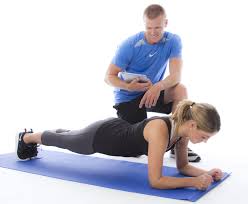

1 Corinthians 6:19 reminds us that our body is a temple of the Holy Spirit. Therefore we must insure that we place our bodies in the hands of an experienced and competent trainer or instructor. This can often be difficult to assess because there are hundreds of personal training and various certifying bodies in existence today. The consensus among most industry experts are that the following five personal training certifications are generally regarded as among the most reputable:
American College of Sports Medicine (ACSM), National Academy of Sports Medicine (NASM),
American Council of Exercise (ACE), National Strength and Conditioning Association (NSCA) and
International Sports Sciences Association (ISSA)
Additionally, ACSM, ACE, NASM, and NSCA are all accredited by the National Commission for Certifying Agencies (NCCA). NCCA accreditation means certifying bodies must undergo comprehensive evaluation and regular renewals to keep this accreditation. Many exercise programs such as CrossFit, indoor cycling and other boot camp classes also have their own in-house certification courses that are required to become a certified instructor for that specific class or training. It’s also an added bonus if your trainer or instructor also has a Bachelor’s or Master’s degree in a related field, such as Kinesiology, health education, anatomy, human performance or physical education.
Warm up and cool down periods should be part of every exercise session
In order to prepare the body for exercise, you should always begin with a thorough warm up prior to undertaking the primary exercise session. A sound warm up will prepare the body by elevating the heart rate, increasing the body temperature and increasing the blood circulation to your muscles. Warming up prior to exercise also decreases the chances of obtaining a soft tissue injury to the muscles, tendons and ligaments during exercise. The warm up period should generally consist of about 10 minutes of power walking, light jogging, calisthenics such as jumping jacks and light lower and upper body stretching.
The cold down period should be performed after the intense, primary exercise session has been completed, and should also consist of about ten minutes of walking followed by stretching upper and lower body muscles and deep, relaxed breathing. The cool down period allows your heart rate to return to its lower resting level, aid in your recovery and post recovery stretching will increase your flexibility.
Drink plenty of fresh water everyday


The importance of drinking enough water everyday cannot be overstated. The average adult body is comprised of 55-65% water, and not getting enough water can cause dehydration and limit your body’s normal daily functions. Water is a natural diuretic that helps our bodies flush out toxins and deliver vital nutrients to our cells. According to the Mayo Clinic men should drink at approximately 13 cups of total beverages per day (about 3 liters), and women should consume 9 cups of total beverages per day (2.2 liters). On days when we exercise for sessions less than an hour, we should add an extra 1.5 to 2.5 cups of fluids to make up for the increased fluid loss from perspiration during your exercise. For prolonged periods of exercise lasting more than an hour, it may be advisable to add a sports drink along with extra water to replaced sodium lost through perspiration. Exercising in hot or humid climates, or climates with high altitudes will cause a greater loss of bodily fluids from increased levels of perspiration, so be sure to increase your fluid intake when exercising in these environments. It’s advisable to drink water before, during and after exercise. I also like to drink at least 16 ounces of water each morning as soon as I wake up. This is a great way to start off each after going many hours without any water throughout the night. Urine color can also be a good indicator of proper hydration levels. If your urine color is clear, or light yellow chances are that your body is properly hydrated. A dark yellow or amber urine color usually coincides with dehydration.
Have fun!
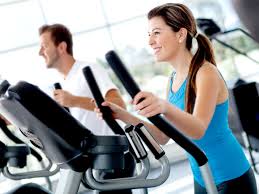
There’s no denying that consistent exercise habits require self-discipline and dedication. This can be particularly challenging for first time exercisers, or people with extremely busy schedules. Having a positive attitude about exercise can help with adherence when undertaking a new fitness program. Think of all the benefits exercise will provide: looking better, losing weight, having more energy, and reducing your risk of many illnesses and diseases.

Exercise with a friend when possible to help encourage each other. Consider enlisting the services of a certified personal trainer, or certified wellness coach to help with professional guidance and accountability. A wellness coach or trainer can help in maintaining your exercise routine and following through on a consistent basis. Above all else, make exercise fun and enjoyable whenever possible. Listen to your favorite songs, and incorporate a variety of different exercise routines to keep your workouts fresh and your body from adapting to the same exercises, which can slow your progress. Pray daily and ask God to give you the strength and support to follow through with your commitment to leading a healthy lifestyle. Make 2015 your best year ever by keeping your faith and fitness a priority all year!



